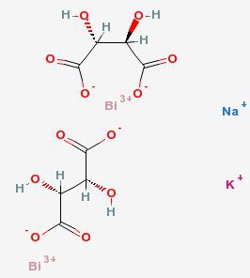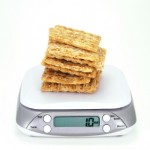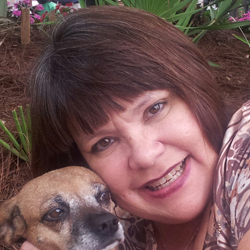 I have been getting a lot of questions lately on why I ask my clients to be aware of potassium when they are in a situation that they KNOW they are going to be ingesting quite a bit of sodium. With that in mind, let’s look at potassium first, and then how to get potassium from the foods we eat.
I have been getting a lot of questions lately on why I ask my clients to be aware of potassium when they are in a situation that they KNOW they are going to be ingesting quite a bit of sodium. With that in mind, let’s look at potassium first, and then how to get potassium from the foods we eat.
Definition of potassium as it relates to the body:
Potassium is a hugely important mineral for the proper function of all cells, tissues and organs in the human body. It is also an electrolyte, which means it conducts electricity when dissolved in water. It is a vital mineral that maintains a fluid balance in the body and supports the metabolic processes that are needed for energy production. Studies show that 95 percent of potassium is stored within the cells and its primary job is nerve conduction, muscle contraction and normal kidney function.
When your body is low on potassium, you can experience weakness, fatigue, kidney malfunctions, and in extreme cases, a heart attack. If you already have issues with your kidneys, you have to be acutely aware of your intake of potassium as this can exacerbate the problem.
Keeping potassium balanced in the body depends entirely on the amount of sodium and magnesium in the blood. To be balanced, your body needs more potassium than sodium — at least two times more. In the typical American diet, however, finding balance is a battle. The average American diet is heavy in sodium and low in potassium due to over indulgence in processed foods. Veggies and fruits are rich in potassium, but are often passed over for fast food or food packaged in boxes.
The most immediate thing you can do to reverse this trend is to cut out processed garbage and start eating more potassium rich fruits and veggies. How much more?
I used to believe that to fix the problem, you simply needed to double the amount of potassium in your diet. But recently I have learned that you truly need more like five times the amount of potassium than you do sodium to maintain the crucial balance in the body.
What happens when you don’t maintain the balance? Immediately, you will gain water weight as the body tries to use and hoard water to maintain the balance. Until you normalize the balance, you will hold on to that weight. This explains why you need several days (even weeks) to recover from over-indulgences, which usually involve heavy amounts of sodium. It takes TIME for your body to get back into balance. So give your body a break.
Here is the interesting thing: The hCG Protocol includes many potassium rich foods.
Below is a list of potassium-rich foods, and their sodium contents:
- Asparagus* – 4 oz = 310mg potassium/2mg sodium
- Avocado – 4 oz = 679mg potassium/11mg sodium
- Spinach* – 4 oz = 633mg potassium/90 sodium
- Tomatoes* – 4 oz = 252mg potassium/10mg sodium
- Cucumbers* – 4 oz = 168mg potassium/2mg sodium
- Cabbage* – 4 oz = 279mg potassium/20mg sodium
- Artichokes – 4 oz = 486mg potassium/5mg sodium
- Strawberries* – 4 oz = 188mg potassium/1mg sodium
- Orange* – 4 oz = 205mg potassium/0mg sodium
- Salmon – 4 oz = 474mg potassium/52 mg sodium
- Cod* – 4 oz = 457mg potassium/81mg sodium
- Haddock* – 4 oz = 353mg potassium/77mg sodium
*P2 Legal
At the very least, you should maintain an even number of milligrams of sodium and potassium in a day. Even better would be to make your potassium levels at least double. The best course would be to concentrate on keeping your sodium intake low enough that your potassium is five times that amount.
Be careful of hidden sodium. There was one week where three of my clients experienced unexplained gains, until we found the culprit – bottled salsa. Check your labels often. One brand of salsa contained 250mg of sodium for in just 2 tablespoons.
Other high sodium items include:
- Low fat cottage cheese (approx. 900mg per cup)
- Dill pickles (approx. 900mg per pickle)
- King Crab (approx. 900mg per 3 oz)
- Bottled dressings (approx. 700mg 1.5 oz serving, and that is in a vinaigrette!)
- Any deli meats
- Almost any canned items (soups and broths especially)
Always check the label. Even some P2 legal foods contain high sodium levels, so be diligent about reading the labels.
Maintaining balance is important in many aspects of our lives. In the protocol, it’s especially important. Staying on top of the levels of sodium and potassium you consume not only keeps your heath in check, it leads to more efficient weight loss.
Eating a diet abundant with potassium rich fruits and vegetables, and avoiding processed foods is the best way to keep the scales balanced in your favor.
Do you have a trick to adding potassium into your day? Please share!
















Pingback: Recipe: P2 Potassium Salad